Thursday - We Depart The Ship In Rome (Page Twelve)

We made it!!!
Quick Tour Of The City Before Checking Into The Hotel
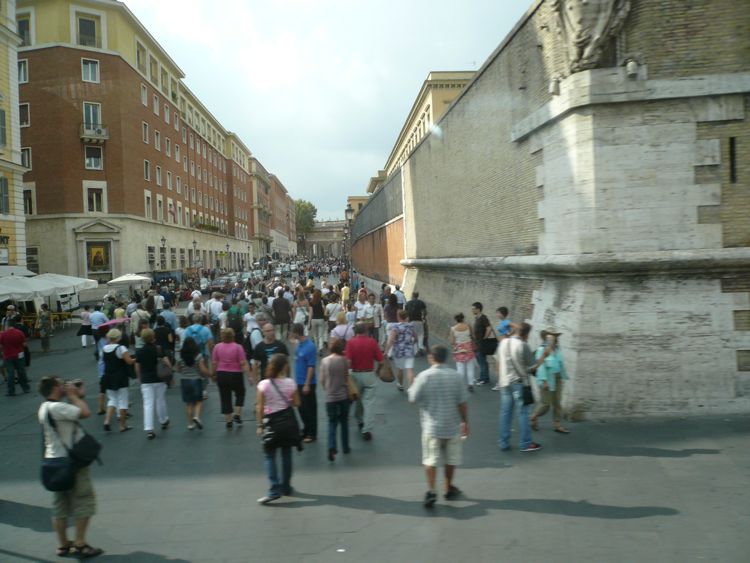
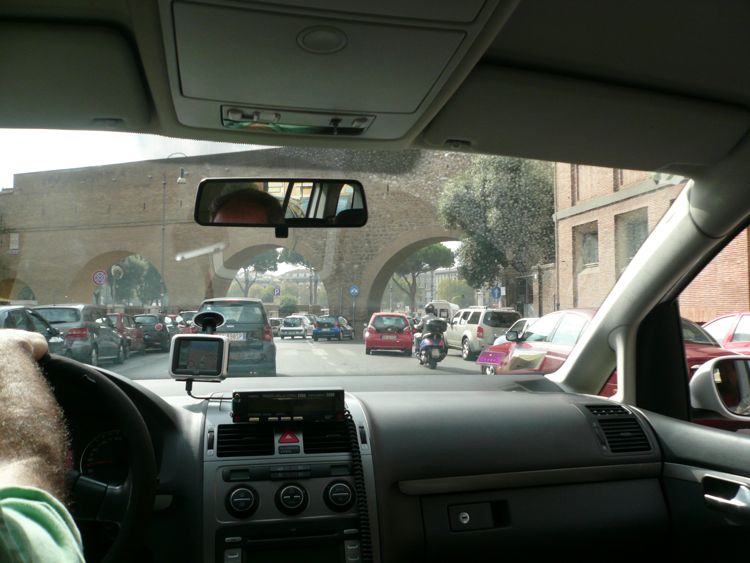

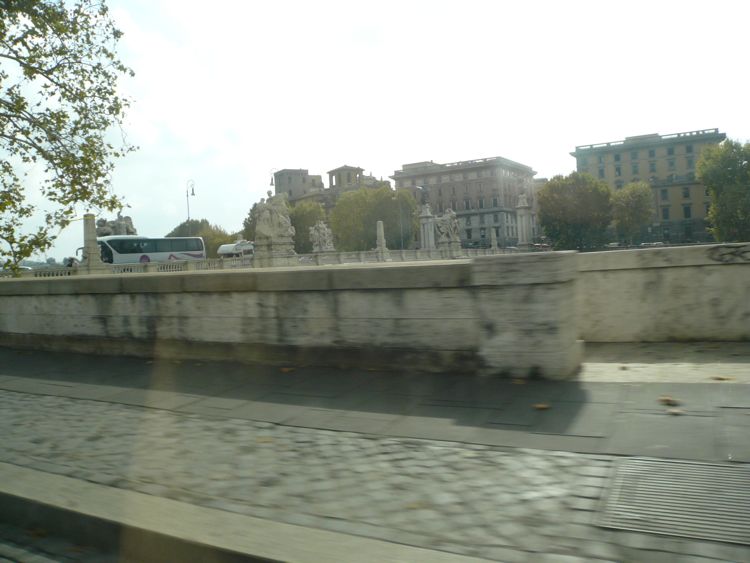

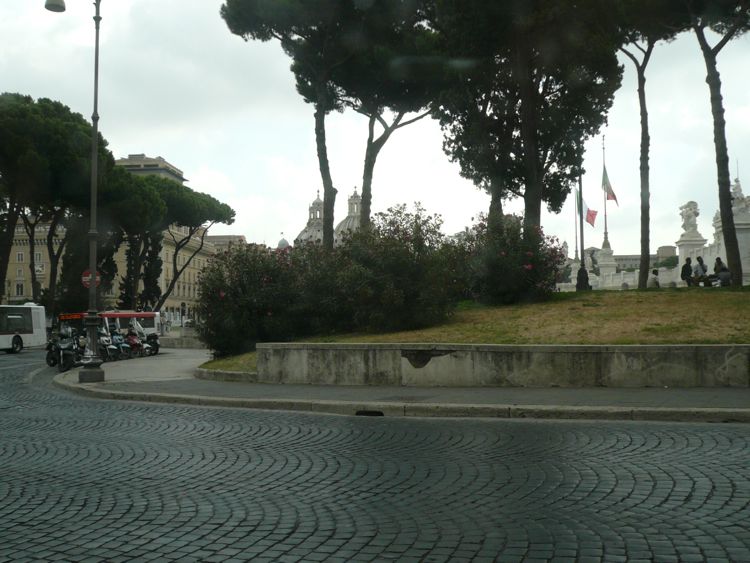

The Italian Capital Building
Did you know? - Rome is the national capital of Italy and is the seat of the Italian Government. The official residences of the President of the Italian Republic and the Italian Prime Minister, the seats of both houses of the Italian Parliament and that of the Italian Constitutional Court are located in the historic centre.
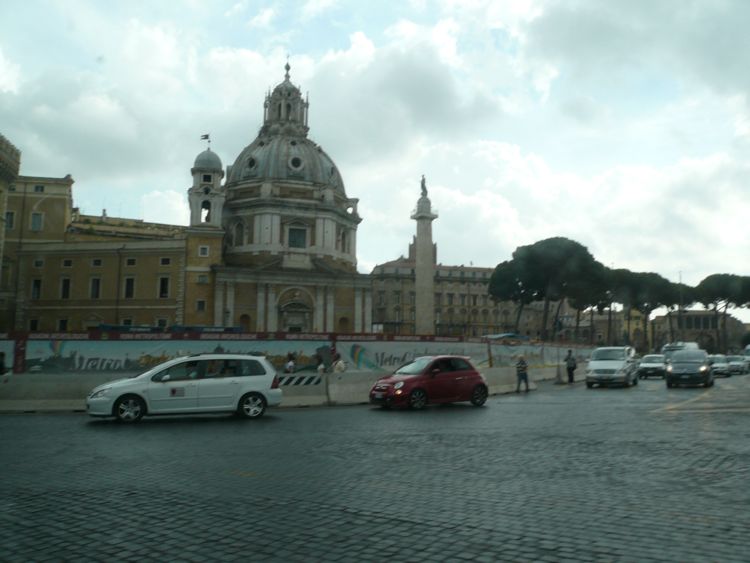
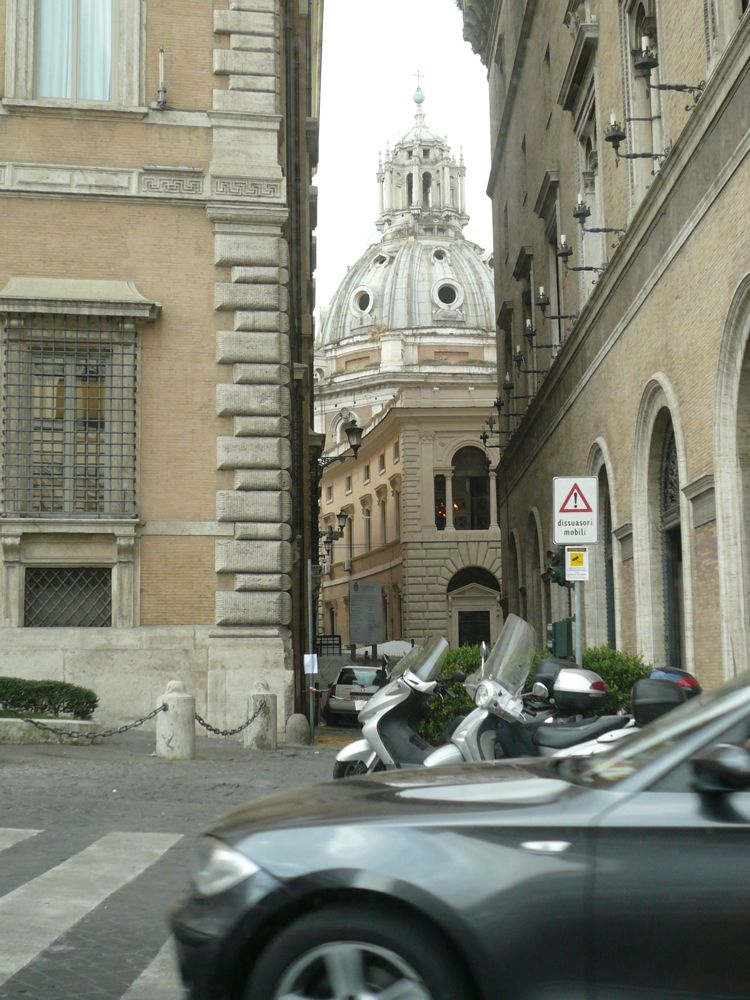
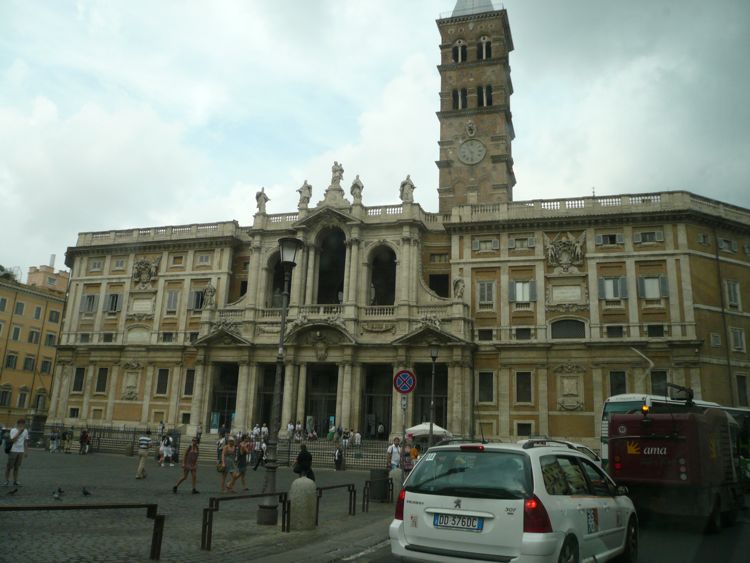
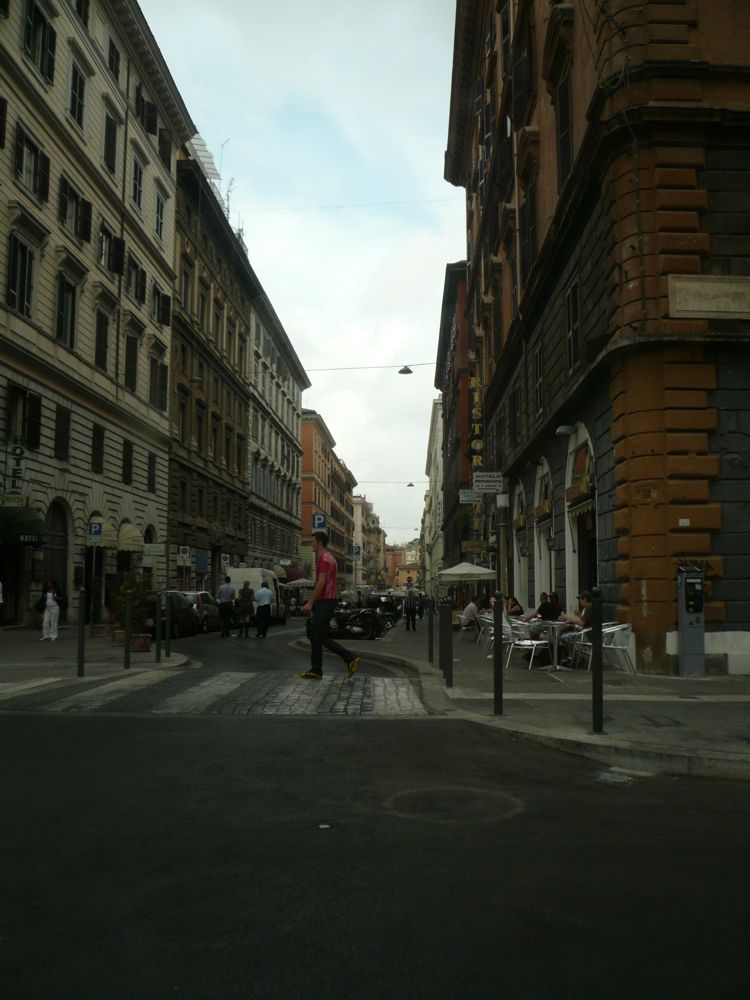


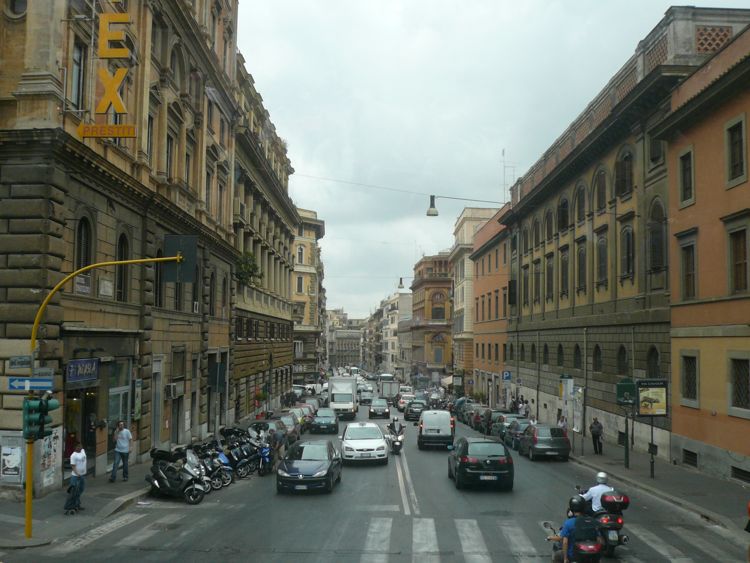
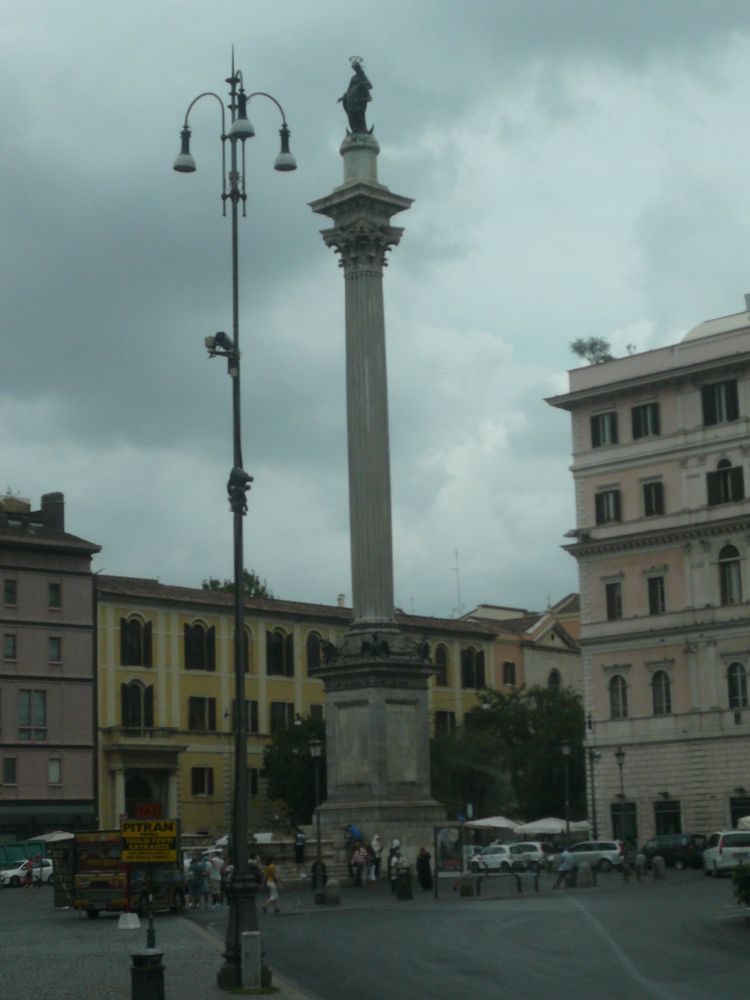

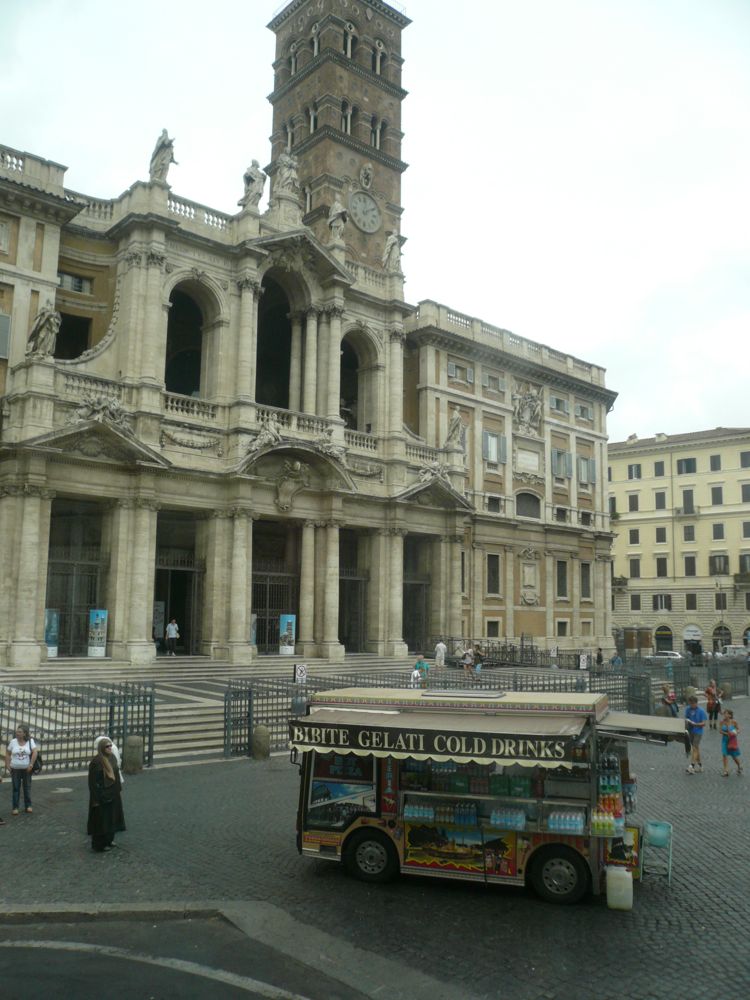




The Colosseum
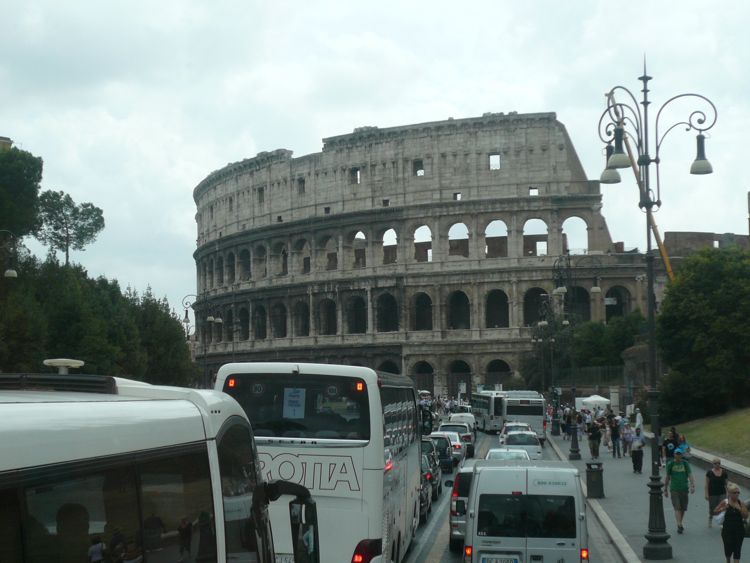

Click for a full panorama view


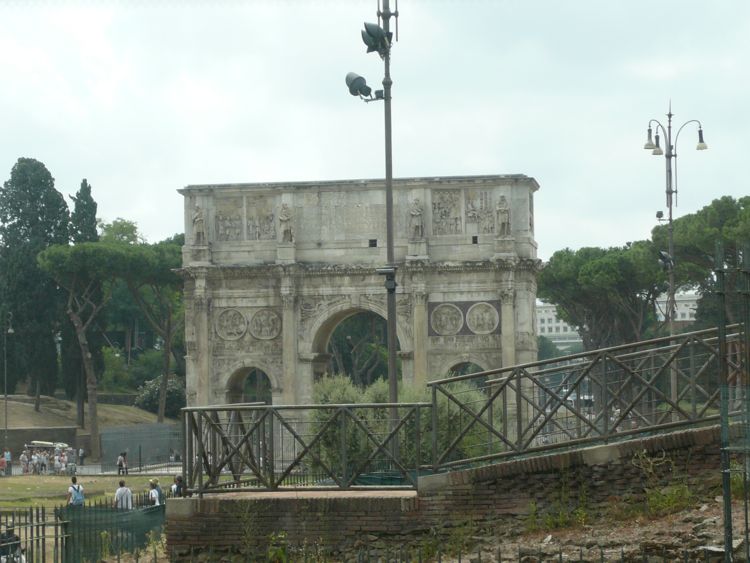

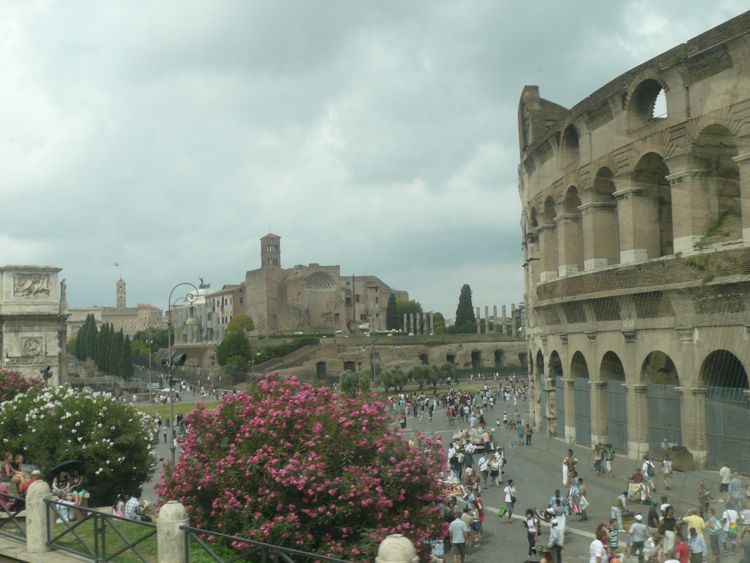
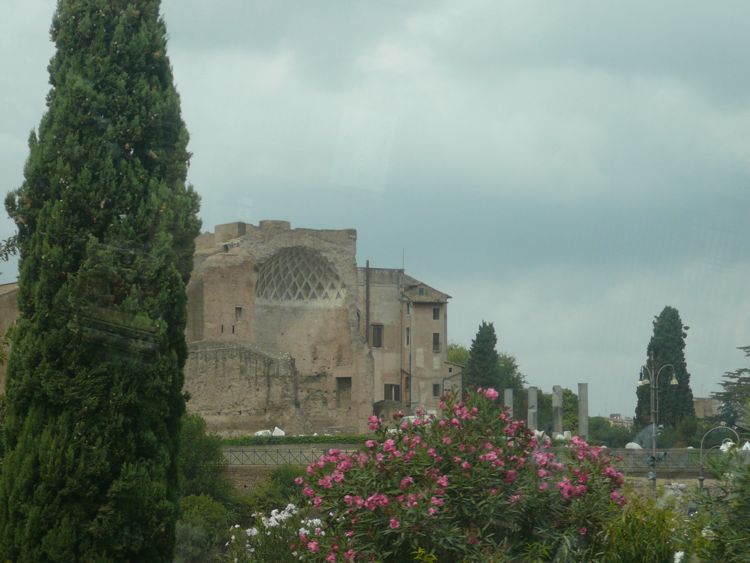
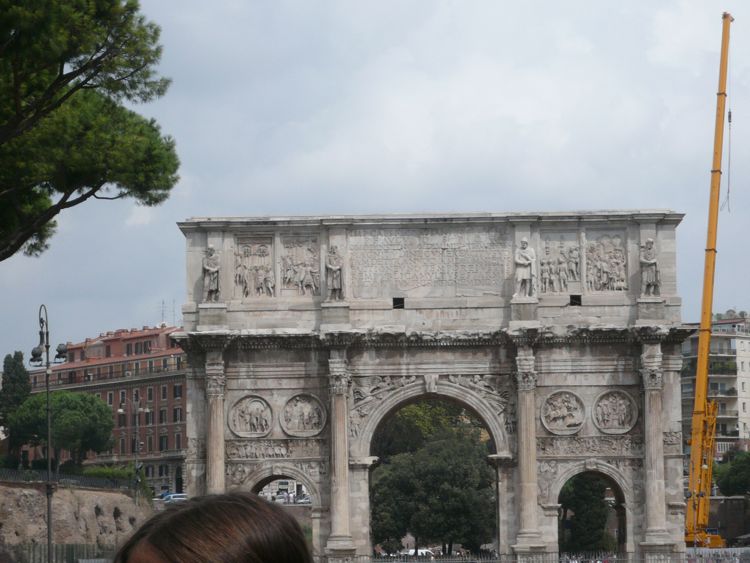
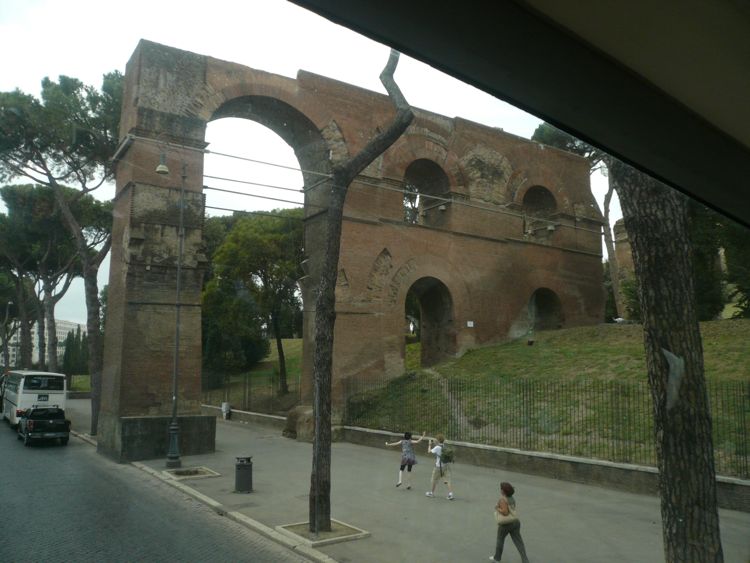





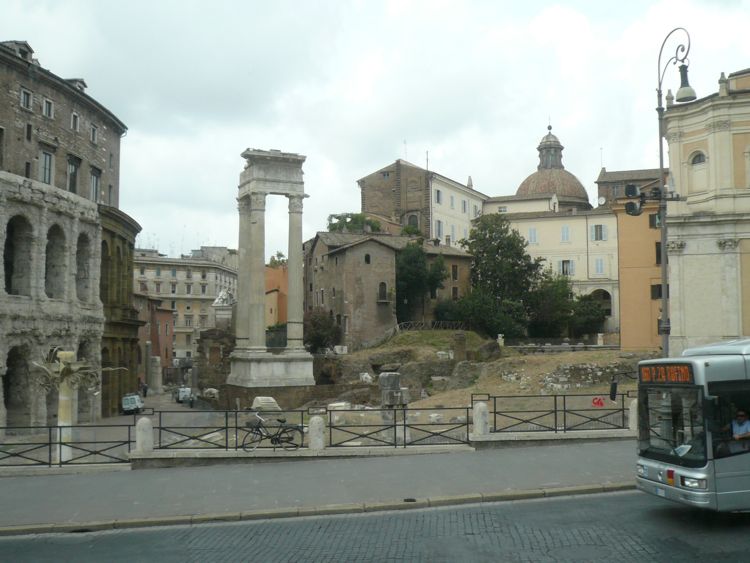
The Seven Hills Of Rome

Seven hills of Rome

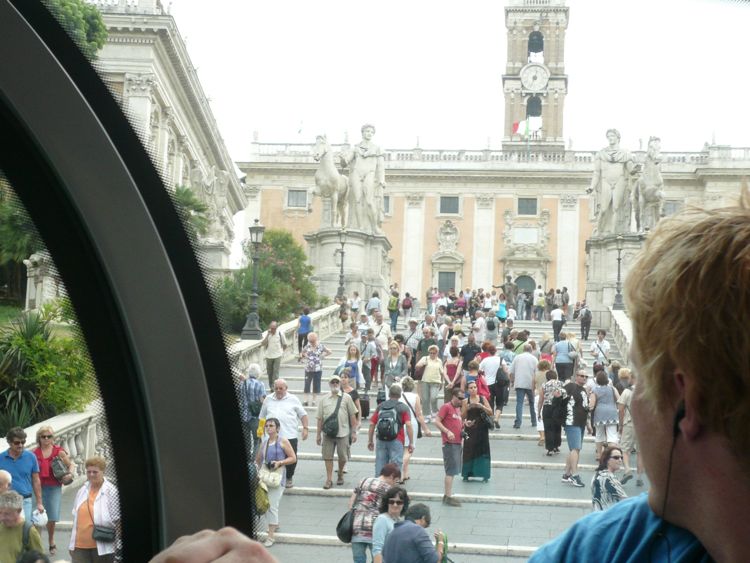
The Capitoline Hill cordonata (centre of picture) leading from Via del Teatro di Marcello to Piazza del Campidoglio.

Did you know? - The Capitoline Hill, between the Forum and the Campus Martius, is one of the seven hills of Rome. By the 16th century, Capitolinus had become Campidoglio in Italian. The English word capitol derives from Capitoline. The Capitoline contains few ancient ground-level ruins, as they are almost entirely covered up by Medieval and Renaissance palaces (now housing the Capitoline Museums) that surround a piazza, a significant urban plan designed by Michelangelo.

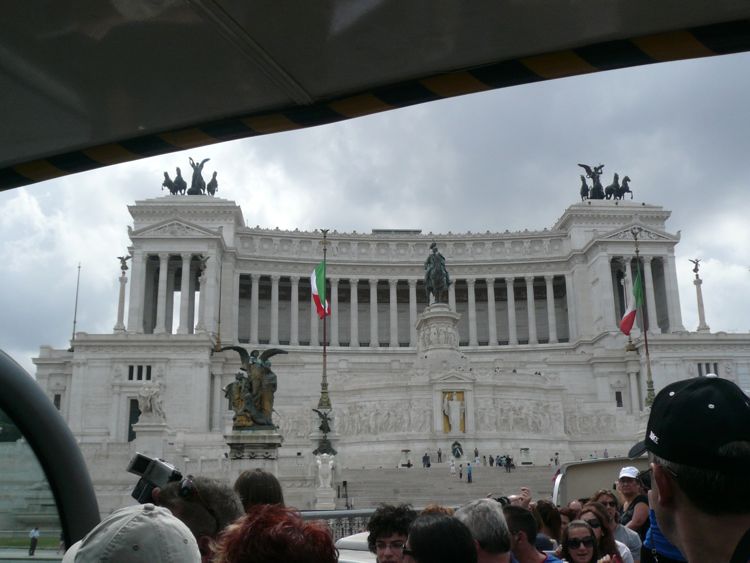





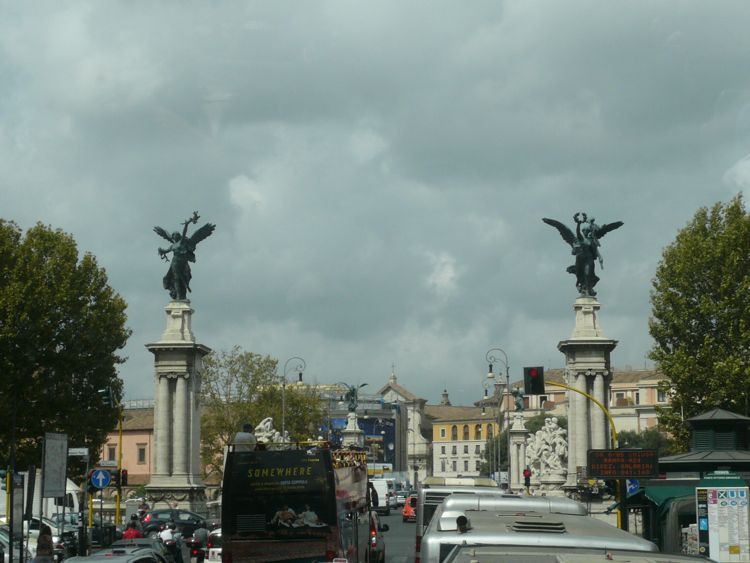
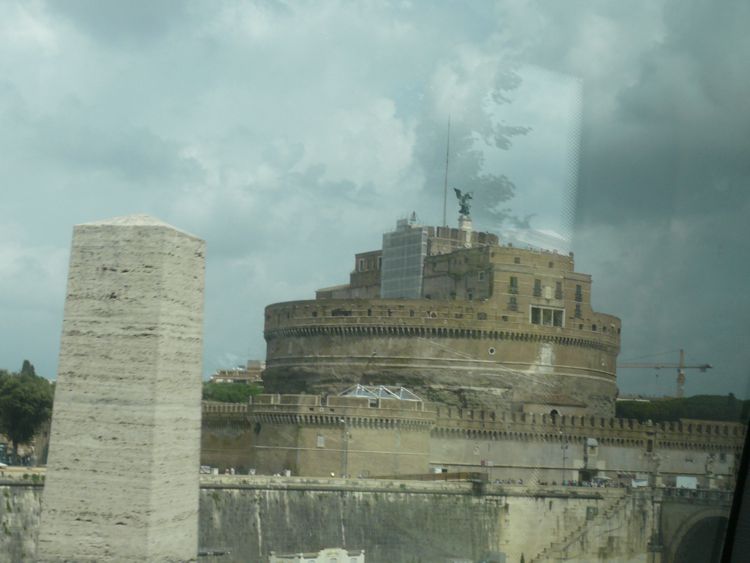
Did you know? - With almost 1800 years of history including some blood-chilling prison scenes, the Castel Sant’Angelo is the favorite landmark of many Romans, and this is saying a great deal as these native people tend to be blasé about the wonders of their fair city. The castle is perfectly round making it an interesting addition to the skyline and also a grand addition to the drama and darker side of the city’s history.
The origins of the building date back to 135 AD when the Emperor Hadrian decided to build himself a tomb. The site Hadrian selected was on a grassy knoll beside the Tiber River, much like the tomb of Augustus before him. He began construction of the mausoleum and bridge, but they were not completed at the time of his death in 138AD. His successor, Antoninus Pius, had the tomb completed and moved Hadian’s ashes into their final resting place.
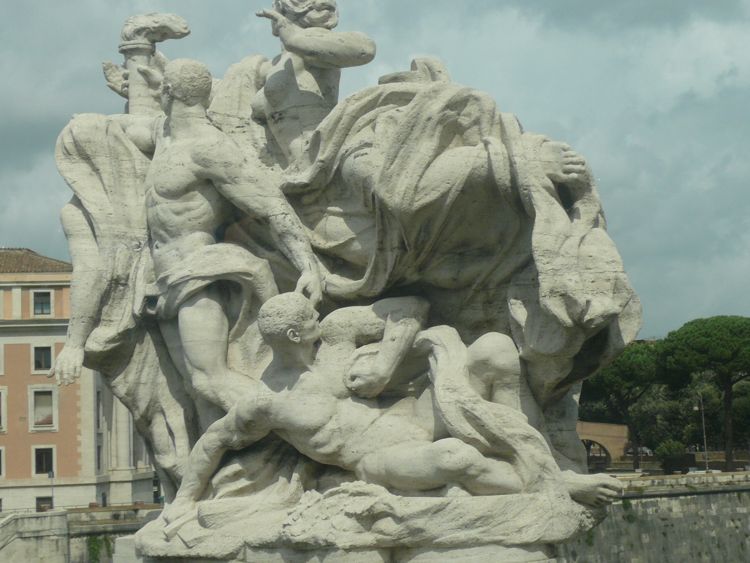
The Vatican

Did you know? - The Papal Basilica of Saint Peter (Latin: Basilica Sancti Petri), officially known in Italian as the Basilica Papale di San Pietro in Vaticano and commonly known as St. Peter's Basilica, is a Late Renaissance church located within the Vatican City. St. Peter's Basilica has the largest interior of any Christian church in the world, holding 60,000 people. It is regarded as one of the holiest Catholic sites. It has been described as "holding a unique position in the Christian world" and as "the greatest of all churches of Christendom".
In Catholic tradition, the basilica is the burial site of its namesake Saint Peter, who was one of the twelve apostles of Jesus and, according to tradition, first Bishop of Rome and therefore first in the line of the papal succession. Tradition and some historical evidence hold that Saint Peter's tomb is directly below the altar of the basilica. For this reason, many Popes have been interred at St Peter's since the Early Christian period. There has been a church on this site since the 4th century. Construction of the present basilica, over the old Constantinian basilica, began on April 18, 1506 and was completed on November 18, 1626
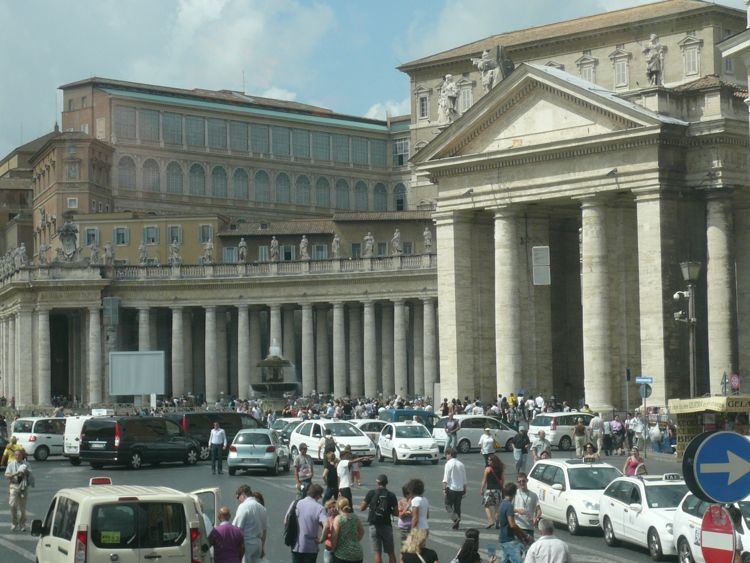


St Peters Basilica
Did you know? - The Holy See (Latin: Sancta Sedes) is the episcopal jurisdiction of the Catholic Church in Rome, in which its Bishop is commonly known as the Pope. It is the preeminent episcopal see of the Catholic Church, forming the central government of the Church. As such, diplomatically, and in other spheres the Holy See acts and speaks for the whole Catholic Church. It is also recognized by other subjects of international law as a sovereign entity, headed by the Pope, with which diplomatic relations can be maintained.
Although it is often referred to by the ambiguous term "the Vatican", the Holy See is not the same entity as the Vatican City State, which came into existence only in 1929, while the Holy See, the episcopal see of Rome, dates back to early Christian times. Ambassadors are officially accredited not to the Vatican City State but to "the Holy See", and papal representatives to states and international organizations are recognized as representing the Holy See, not the Vatican City State.

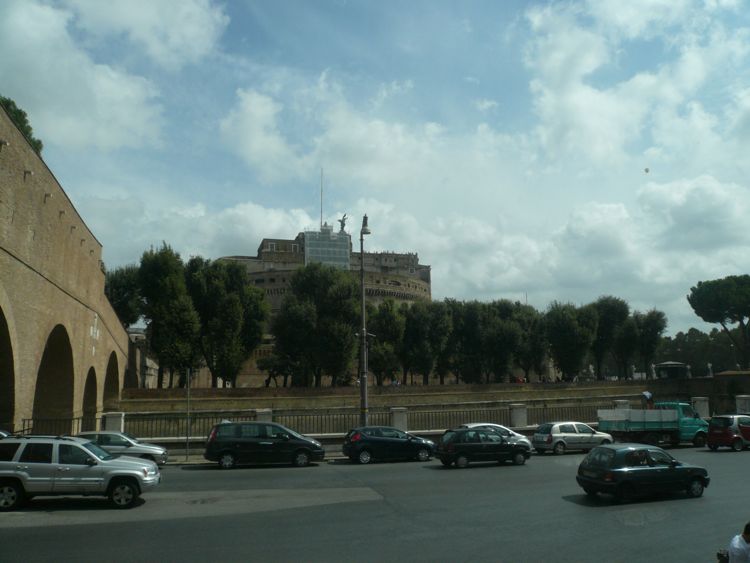


Trident Fountain in the Piazza del Popolo.
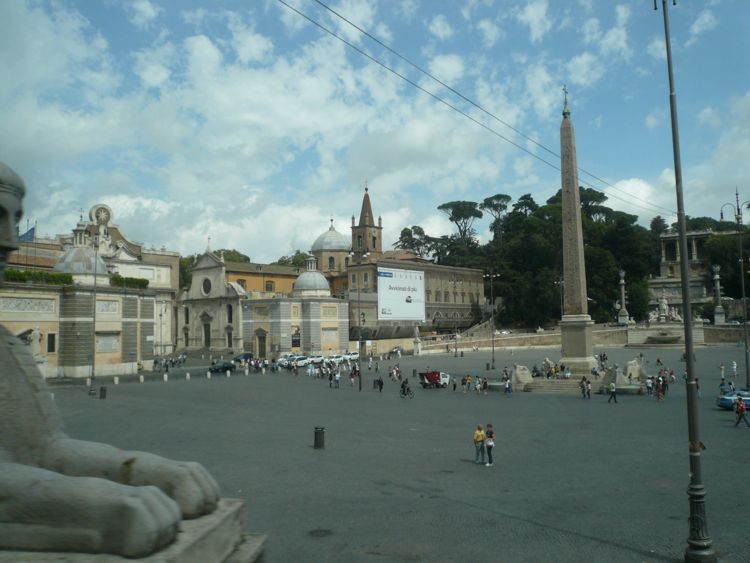
Piazza del Popolo.
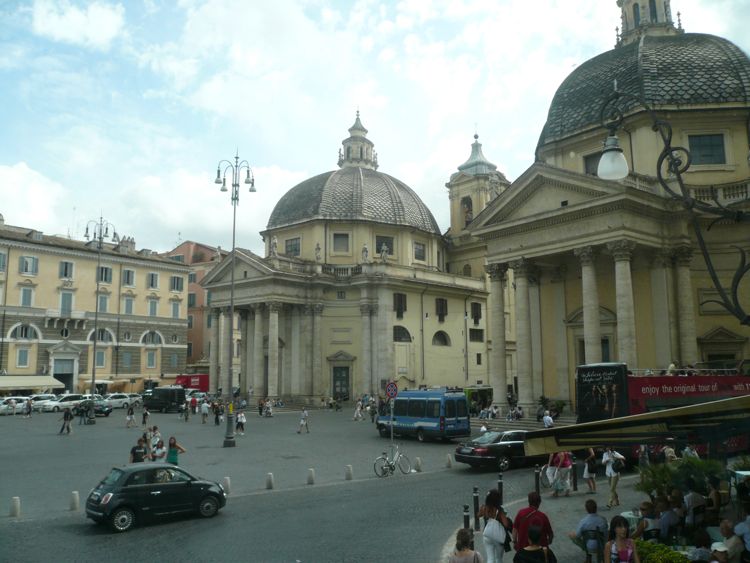
The entrance of the Tridente from Piazza del Popolo, defined by the "twin" churches of Santa Maria in Montesanto (left, built 1662-75) and Santa Maria dei Miracoli (right, built 1675-79). The Via del Corso exits between the two churches
Did you know? - At the southern end of the square are two symmetrical churches on either side of the Via del Corso, a street leading straight through the heart of Rome to the Piazza Venezia. The churches, the Santa Maria dei Miracoli and the Santa Maria in Montesanto Santa Maria dei Miracoli and the Santa Maria in Montesanto at the Piazza del Popolo were commissioned by pope Alexander VII in 1658. They were both designed by Carlo Rainaldi.
The churches are not identical since the surface area for the Santa Maria in Montesanto (on the left) was smaller. In order to preserve symmetry, Rainaldi created an oval dome for this church and a circular dome for the Santa Maria dei Miracoli.

Did you know? - Piazza del Popolo is a large square in Rome, Italy. The name in modern Italian literally means "People's Square", but historically it derives from the poplars (populus in Latin, pioppo in Italian) after which the church of Santa Maria del Popolo, in the northeast corner of the piazza, takes its name.


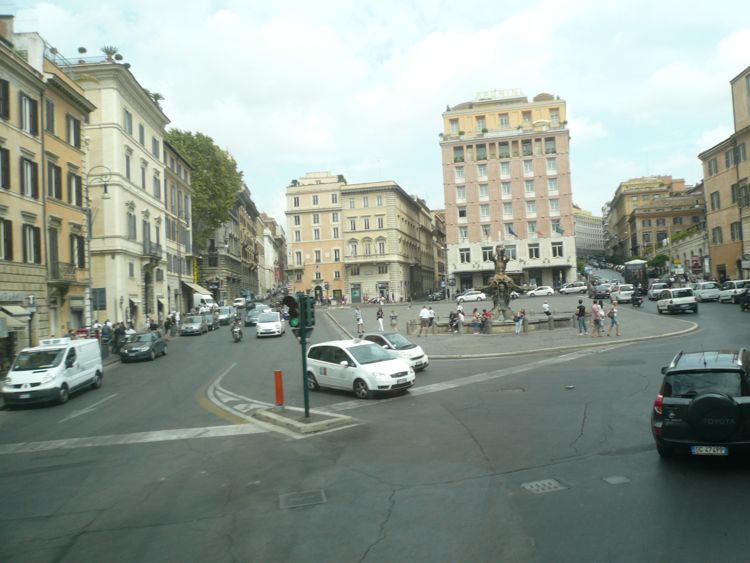
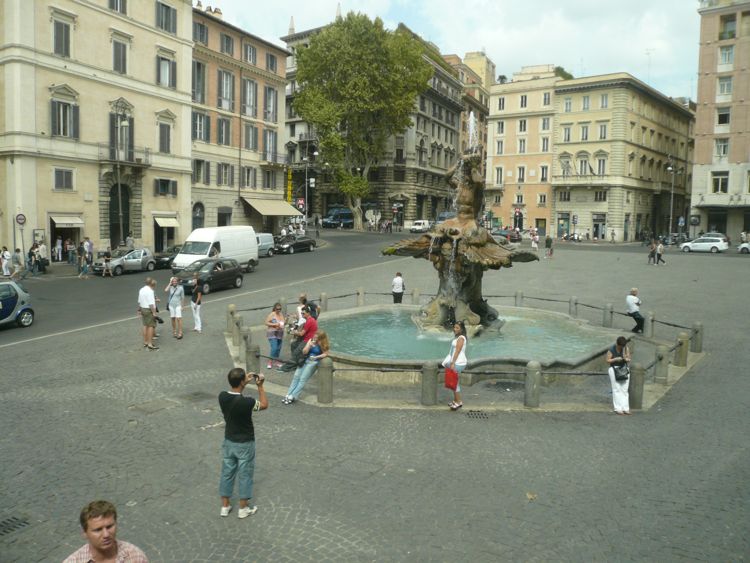

The Fountain of Moses marks the terminus of the acqua Felice on the Quirinal
Did you know? - The Acqua Felice is one of the aqueducts of Rome, completed in 1586 by Pope Sixtus V, whose birth name, which he never fully abandoned, was Felice Peretti. The first new aqueduct of Early Modern Rome, its source is at the springs at Pantano Borghese, off Via Casilina. Its length is fifteen miles (24 km), running underground for eight miles (13 km) from its source, first in the channel of Aqua Alexandrina, then alternating on the arches of the Aqua Claudia and the Aqua Marcia for seven miles (11 km) to its terminus at the Fontana dell'Acqua Felice on the Quirinal Hill, standing to one side of the Strada Pia, so as to form a piazza in this new part of Rome.
The engineer was Giovanni Fontana, brother of Sixtus' engineer-architect Domenico Fontana, who recorded that the very day the new pope entered the Lateran, he decided that he would bring water once again to the healthful hills of Rome, which had remained waterless and sparsely inhabited, largely by monasteries, since the Roman aqueducts had been destroyed in the sixth century. From the source, which Sixtus purchased, there was only a very small fall, and the work required an underground conduit as well as an aqueduct carried on arches.
The work was completed within eighteen months, at the same time that Sixtus was engaged in laying out the street plan that would provide the arteries of modern Rome. By October 1586, water was running at his Villa Montalto, and by 1589 it was filling no less than twenty-seven public fountains.
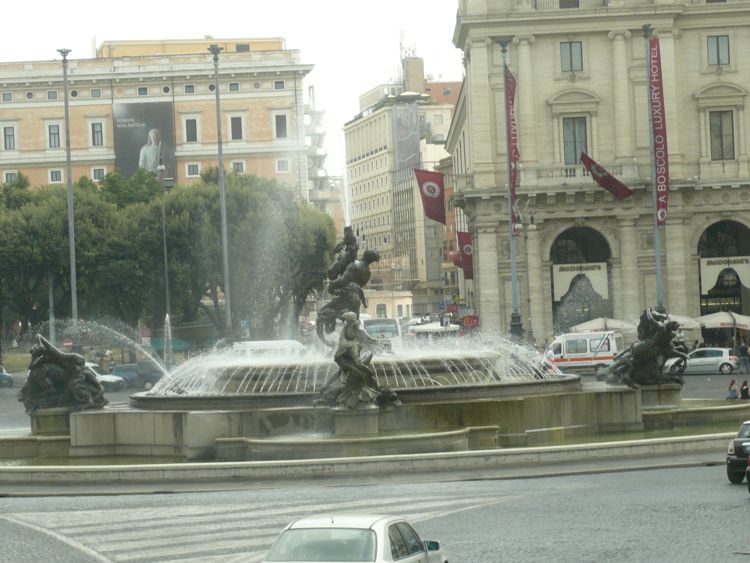

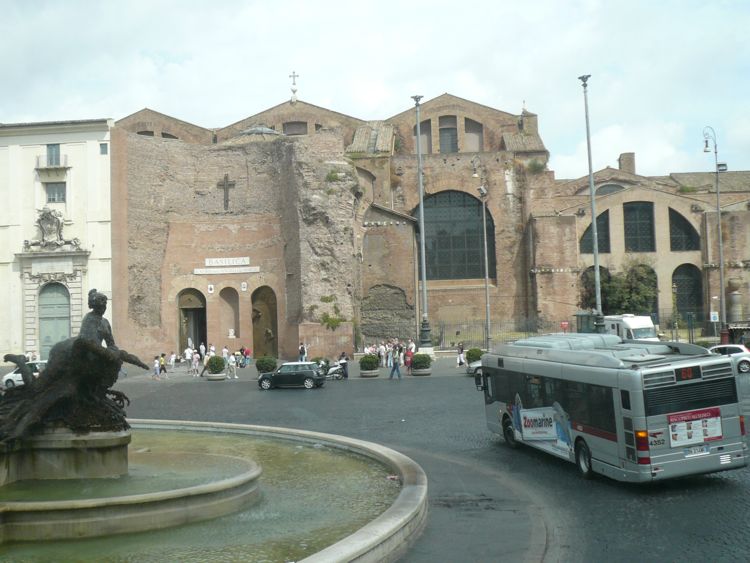
Check In Time Has Arrived

Did you know? - Situated on the Esquiline Hill, the Radisson Blu es. Hotel, Rome boasts the perfect location in Rome's city centre. The hotel is adjacent to the Central Railway station and two minutes from the nearest terminal, simplifying travel to the best Rome attractions and the Rome airport. This hotel is within walking distance of the Colosseum, the Roman Forum, and tthe Vatican, affording guests the perfect opportunity to explore the robust history of Rome, Italy.


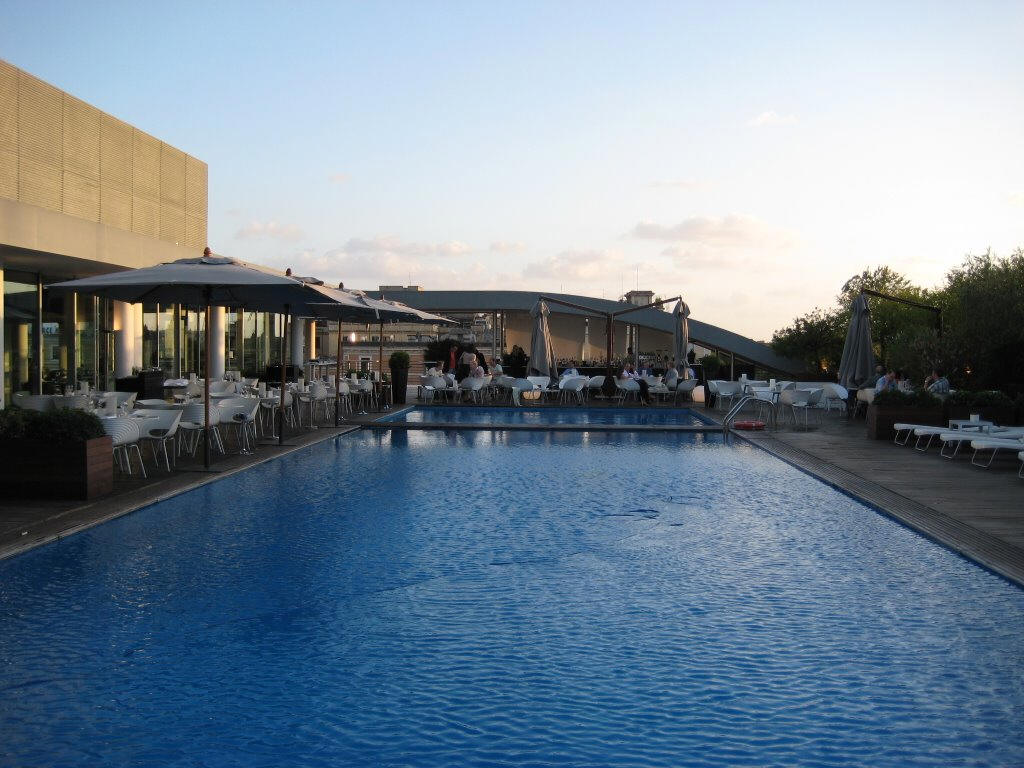

We were in the heart of Rome
- Page 1: Summary
- Page 2: Florence Italy
- Page 3: Monte Carlo
- Page 4: Barcelona Part One
- Page 5: Barcelona Part Two
- Page 6: Barcelona Part Three
- Page 7: Majorca
- Page 8: Tunisia Part One
- Page 9: Tunisia Part Two
- Page 10: Trapani, Sicily
- Page 11: Napels (Pompeii)
- Page 12: Roma Part One
- Page 13: Roma Part Two
- Page 14: Roma Part Three
- Page 15: Roma Part Four
- Page 16: Roma Part Five

